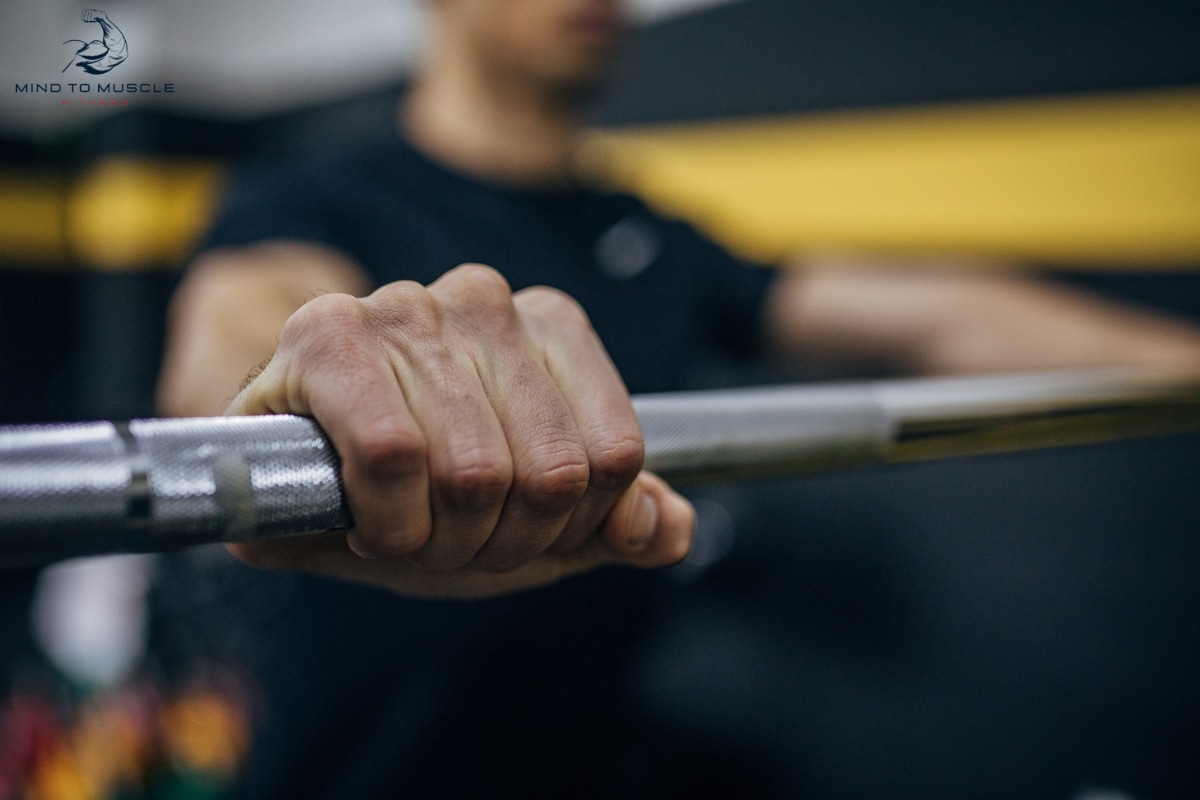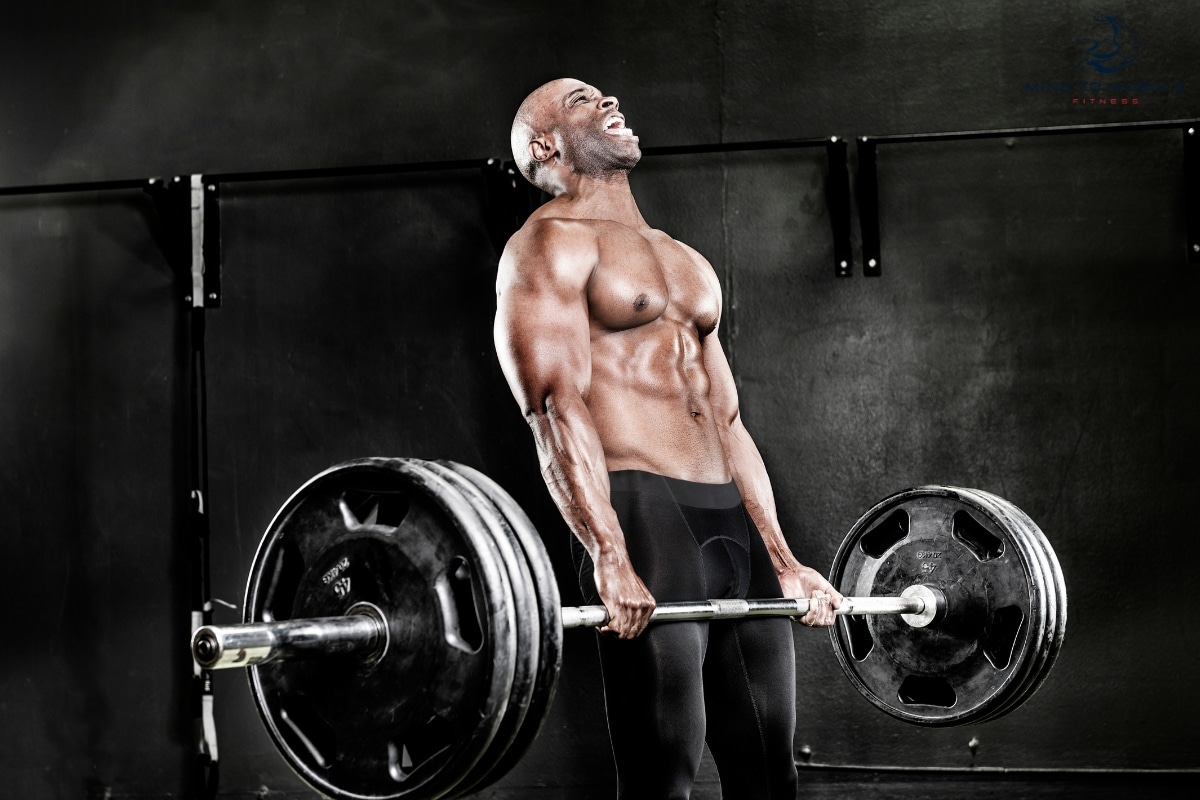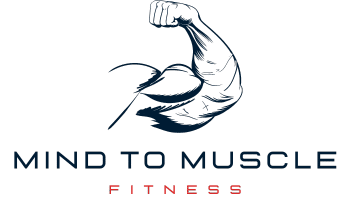
Unlocking My Grip Strength Secrets – Get Strong Hands
To increase grip strength is to unlock a vital component of everyday prowess. It’s not just about the muscle; it’s about mastering the mundane and the mighty. Those jars won’t dare remain sealed, and those weights at the gym? They’ll know who’s boss. A solid hand grip strength is my secret handshake with the world.
My routine isn’t complete without a grip strength workout that ensures my hands keep up with my ambition. I’ve discovered it’s more than lifting weights; it’s lifting life to a new level. It’s not only about getting toned—it’s about being tuned into the connections that make every press and pull count.
To improve grip, I weave in exercises into my weekly training that challenge my fingers, palms, and forearms. By doing so, I’ve seen my fitness levels soar and my daily tasks turn effortless. Those benefits extend past the physical, flexing my mental muscles for a sharper, more engaged me.
Key Takeaways
- Building a stronger grip enhances life’s daily tasks and fitness routines.
- Consistent grip training can improve both hand and brain health.
- A well-rounded grip strength regimen is a key to muscle balance and injury prevention.
- Simple tools, like stress balls, can be effective in developing grip endurance.
- Cross-training in activities like rock climbing can boost overall hand strength.
The Critical Role of Grip Strength in Everyday Life
Every day, without even realizing it, we rely on our grip strength for a multitude of tasks. From the morning routine of preparing breakfast to the end-of-day handshake, hand strength is silently at play. Improving grip strength is not merely a goal for the gym enthusiast, but a fundamental aspect of functional fitness that impacts every facet of our lives.

The Foundation of Functional Fitness
I’ve come to recognize the profound impact that a robust grip has on my ability to perform routine actions with ease and grace. Simple grip strength exercises have proved to be the keystone in a wellness regime that caters to everyday hand strength and forearm strength. These exercises underpin the very essence of what it means to lead a life marked by functional fitness.
Boosting Your Dexterity and Independence
As someone who prizes self-reliance, the cultivation of grip strength has been nothing short of liberating. It has augmented my dexterity, empowering me to perform tasks that once seemed daunting, wholly on my own. This newfound strength fosters independent living, allowing the elderly, and even those recovering from injuries, to grasp life with both hands, literally and figuratively.
Common Activities Enhanced by Stronger Grip
It’s rewarding to witness improvements in such simple joys like gardening, or as I grip a fishing rod with confidence on a tranquil lake. Even when I’m turning the screws on a new piece of furniture, a reinforced grip ensures that the day’s tasks aren’t just completed, but are handled with a surprising nimbleness. Here’s a table demonstrating everyday activities and how they’re directly upgraded by a stronger grip:
| Activity | Benefit with Improved Grip |
|---|---|
| Opening Jars | Reduces frustration, maintains independence |
| Carrying Groceries | Efficient movement, less risk of dropping items |
| Using Tools | Increased precision, safer handling |
| Playing with Kids/Grandkids | Engagement without strain, enhanced playtime |
The simplicity of integrating grip strength exercises into my routine patently elevates my quality of life. It ensures that I continue to navigate life with vigor, from the vigorous handshake that makes a mark to the ability to clutch a steering wheel with certainty on long drives. My advice? Don’t overlook your grip – it’s your link to a world of autonomy and adeptness.

Maximizing Gym Performance Through Improved Grip
Stepping into the gym, it’s clear that the silent engine behind a fulfilling workout is often hand strength. It’s the force that turns a routine exercise into a session of empowerment. I’ve learned that as my clients focus on grip training, they not only progress in weightlifting but also connect more deeply with their physical potential.
Whether you are executing forearm exercises or challenging your body in yoga, a firm grip acts as your ally, laying the foundation for an effective workout. With solid grip strength, the ability to handle heavier weights becomes a reality, and each rep transforms into a powerful conversation between muscle and metal.
Noteworthy is that the evolution of grip doesn’t favor one athlete over another; beginners and veterans alike benefit from its enhancement. In my fitness journey, intertwining grip workouts has not just heightened my weightlifting performance, it’s reshaped my understanding of physical engagement.
- Engaging the barbell feels more controlled, reducing the room for injury.
- Each pull-up becomes a statement of power rather than just a struggle of endurance.
- Planks now mean more than core strength, as my forearms and palms lay a robust foundation.
As we aim for holistic fitness, it’s this intricate mesh of strength that gives us an edge. I’ll leave you with a thought: Refine your grip, and watch as the weights lift not just themselves, but your spirit too.
The Intersection of Grip Strength and Injury Prevention
When we think about staying injury-free, we often consider exercises that bulk up our muscles or increase our endurance. But as a personal trainer, I’ve discovered that grip strength training is a powerhouse for injury prevention. It’s like putting a safety net around your joints, especially as you age.
Ensuring Joint Stability and Health
My clients are often surprised to find that improving their grip goes beyond the hands—it weaves a thread of support through their entire body. By enhancing tendon strength and joint stability, every lift, push, and pull becomes a tool against potential injuries. It’s not just about heavy weights—it’s about smart fitness.
Reducing Risk Factors for Falls and Strains
Regular life isn’t a walk in the park—slips and strains are around every corner. But when we zero in on grip training, we’re effectively bracing against these everyday hazards. Think of it as fortifying your body’s natural defenses, so you can walk down a flight of stairs or carry your groceries with confidence and stability.
Supportive Exercises for Joint and Tendon Strength
If you’re looking for practical ways to cultivate strength that guards against injury, exercises like the Farmer’s Carry and Waiter Carry are priceless. They recruit a variety of muscles and build a mesh of protection around your most vulnerable parts—the joints. And here’s the golden rule: consistency breeds strength, so keep at it! These exercises not only enhance functional fitness but also improve grip strength and core stability, making them invaluable additions to your routine. If you’re exploring ways to diversify your training, moves like kettlebell goblet squats or Bulgarian split squats serve as effective alternatives to hack squats, targeting similar muscle groups with added mobility benefits. Remember, the goal is to maintain solid form while gradually increasing intensity to keep progressing safely.
As we roll up our sleeves to improve grip strength, let’s take a journey through a table of exercises that aim to promote joint health. This isn’t guesswork; it’s a proven strategy to keep you fit and firm, well into your golden years:
| Exercise | Description | Benefits |
|---|---|---|
| Farmer’s Carry | Carrying weights by your side while walking | Strengthening hands and building core stability |
| Waiter Carry | Holding weight overhead while walking | Improving arm endurance and strengthening shoulder joints |
| Hand Squeezes | Squeezing a stress ball or similar object | Enhances finger and forearm strength, supports tendons |
| Wrist Curls | Curling weights with your wrists | Builds forearm strength, encourages wrist stability |
Remember, folks, strength isn’t just about how much you can lift. It’s about how well you protect your body while lifting up your life. Let’s keep those joints stable, those tendons tough, and let’s prevent injuries before they happen. That’s the true strength of grip.

Grip Training: Nourishing Your Brain and Cognitive Functions
Too often we hit the gym aiming just to bulk up, but let’s not forget, there’s more going on upstairs when we’re lifting those weights. We tend to overlook the link between our grip strength and cognitive benefits. Turns out, as I’m gripping those dumbbells, my grip strength improves blood flow to the brain, which is essential for maintaining a sharp mind and overall brain health.
It’s not just about getting those gains; I’m talking about real cognitive function enhancements here. By engaging in grip strengthening activities like deadlifts or just squeezing a stress ball while chilling on the couch, we’re doing double duty. Who knew that giving those grippers a squeeze might also be feeding our mental acuity?
Take for instance the research pointing to hand grip exercises as a predictor for cognitive performance. I mean, who would have thought that your handshake could say something about your brainpower? It’s like each time we’re going for that extra squeeze, we’re effectively giving our brains a workout too. And the best part? You don’t need fancy equipment or a lot of time—simple tools at home can do the trick.
Cognitive Benefits
Here’s how I like to weave this into my day: between sets at the gym, I’ll take a minute or two for some grip work—maybe with a tennis ball or those nifty grippers. I’ve seen my focus sharpen, and it’s not just in the gym. Staying consistent with these exercises might be what keeps our minds as fit as our bodies. No gym? No sweat. There’s plenty to be done right at home to maintain that grip strength and brain health.
| Exercise | Cognitive Benefit |
|---|---|
| Farmer’s Carry | Enhances neural connections through complex movement |
| Stress Ball Squeezes | Improves mental focus and stress relief |
| Pinch Gripping | Stimulates brain areas involved in fine motor skills |
| Wrist Rollers | Promotes cognitive endurance through sustained activity |
So, next time you’re training those forearms, remember – it’s not just for show. You’re also keeping your wits as strong as your grip. And I’m all for a workout that makes me stronger, smarter, and ready to tackle whatever comes my way.
Conclusion
Reflecting on the grip strength journey, it’s clear that this crucial facet of fitness flows into every crevice of daily living. From the heft of a dumbbell to the pressure of a handshake, how we hold on says a lot about how we live.
My path as a natural bodybuilder and personal trainer has shown me that fostering comprehensive grip strength development is a marriage of discipline, variety, and a touch of creativity.
Embracing a Comprehensive Approach to Developing Grip Strength
When we look at holistic fitness, grip strength surfaces as a cornerstone, not an afterthought. Our hands interact with the world, so a comprehensive approach to strengthening them isn’t optional—it’s essential.
Blending exercises like rock climbing with traditional strength routines provides cross-training benefits that enhance overall muscular synergy. This isn’t just for climbers or athletes; it’s for everyone who wants their health to climb to new heights.
Reflecting on the Journey to Stronger Hands
This journey has taught me that hand strength isn’t just built with weights; it’s crafted through life’s demands. Whether hauling groceries or urging a client to finish one more rep, grip strength echoes across each endeavor. The progress I’ve seen in myself and others serves as testament to the profound impact of dedicated grip training.
Expanding Beyond Grip Training – A Holistic Outlook
Pushing beyond the confines of grip-specific drills offers an expanded view where fitness and functionality intersect. It underscores the daily advantage of robust hands. By continually cross-training and challenging our grasp, we unlock doors to capabilities we might never have guessed we had. With each grip, we grasp more than barbells—we grasp life’s boundless potential.
FAQ
How can I increase my grip strength?
You can increase your grip strength by incorporating grip strength workouts into your exercise routine. This could include squeezing stress balls, using hand grippers, doing Farmer’s Carries, wrist curls, and deadlifts. Aim for a mix of exercises that target not only grip strength but also forearm exercises to support overall hand strength.
Why is grip strength important in daily life?
Grip strength is crucial in daily life because it affects your ability to perform simple tasks like opening jars, carrying bags, and using tools. It also contributes to functional fitness, helping you maintain your independence and accomplish everyday activities with ease.
Can improving my grip help me with other physical activities?
Absolutely. A stronger grip enhances other activities such as rock climbing, yoga, weightlifting, and virtually any sport that requires you to hold and manipulate objects. Improving your grip can help you perform these activities with more strength, stability, and proficiency.
How does grip training affect gym performance?
Grip training greatly improves gym performance by allowing you to comfortably hold and control weights, which can result in the ability to lift heavier and build more muscle. A strong grip ensures you can maintain proper form during exercises, thereby enhancing the effectiveness of your workouts.
How does grip strength promote injury prevention?
Strengthening your grip and the surrounding muscles and tendons in your arms can lead to better joint stability and health, reducing the risk for common injuries like wrist sprains, elbow tendonitis, and even shoulder issues. Consistent grip strength training helps mitigate these risks.
What exercises are good for my joints and tendons?
Exercises that are particularly good for strengthening your joints and tendons include wrist curls, reverse wrist curls, Farmer’s Carry, hammer curls, and squeezing a tennis ball or stress ball. These exercises help improve tendon strength and joint stability.
Can grip strength training improve brain health?
Yes, there’s a connection between grip strength and brain health. Studies have shown that grip strength exercises can improve blood flow, which might help sustain and enhance cognitive functions. Plus, maintaining a stronger grip could potentially reduce the risk of cognitive decline.
What’s the holistic approach to improving grip strength?
A holistic approach to improving grip strength involves integrating grip exercises into a broader fitness regimen that may include endurance training, cross-training activities, and exercises that engage multiple muscle groups. This can lead to overall improved health and well-being, not just stronger hands.



